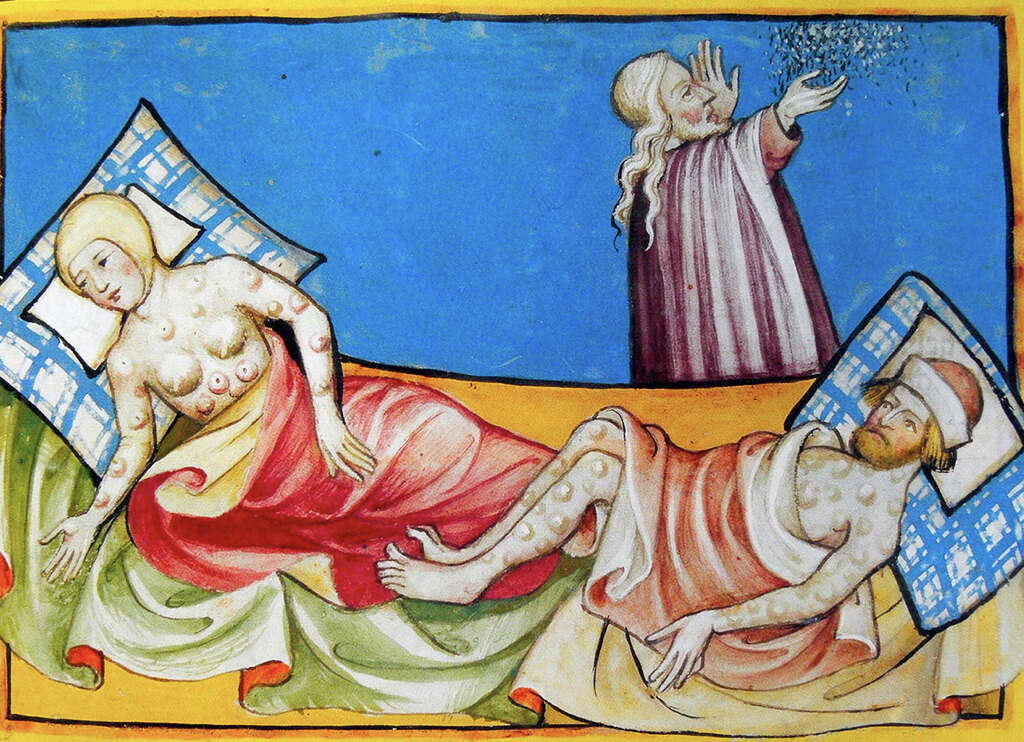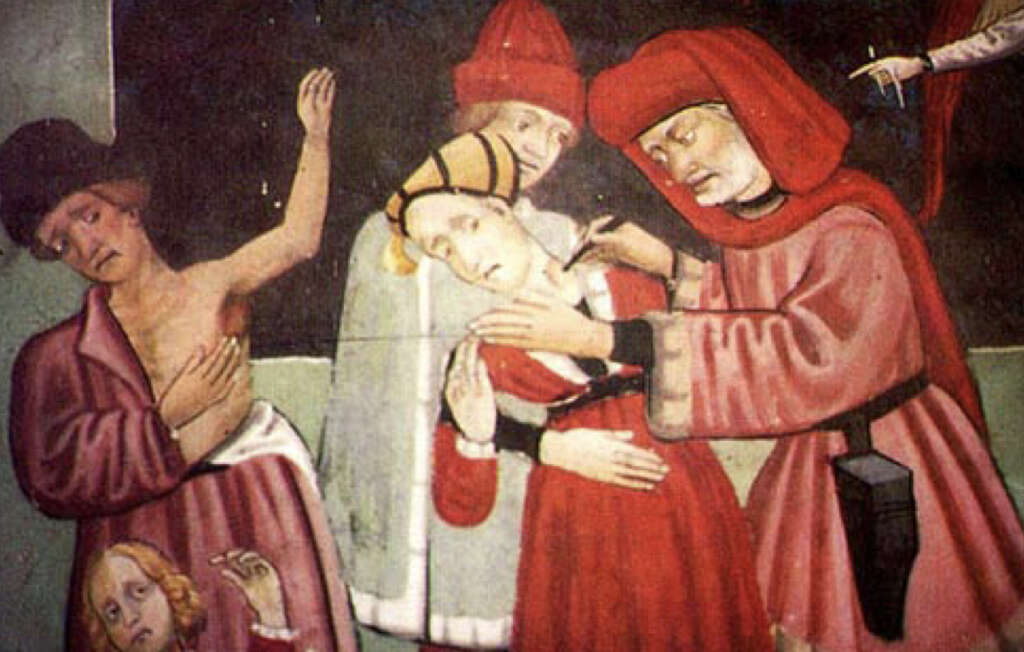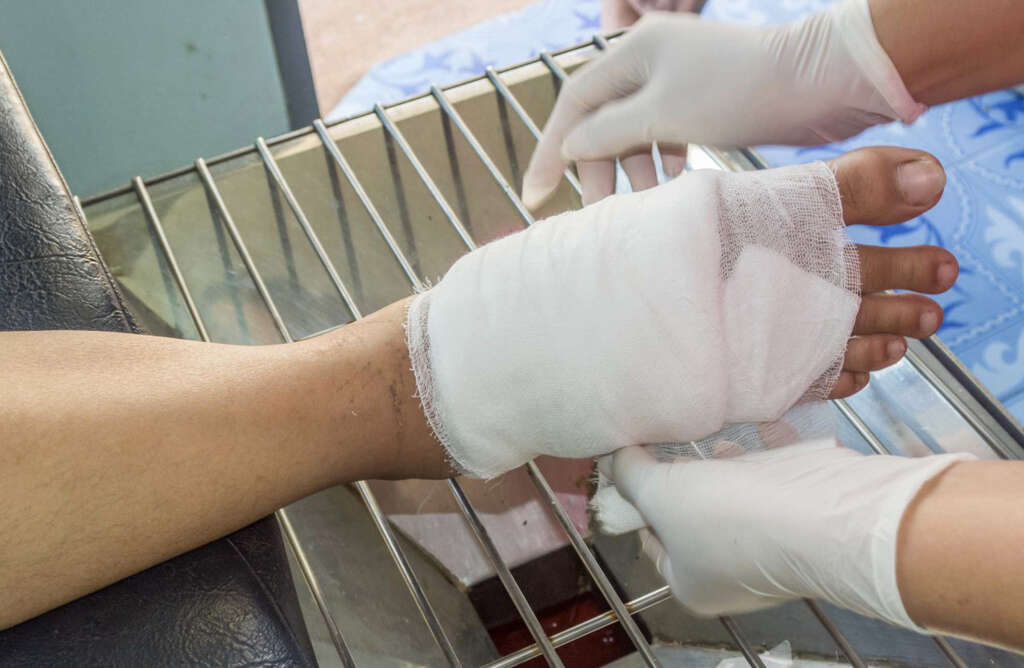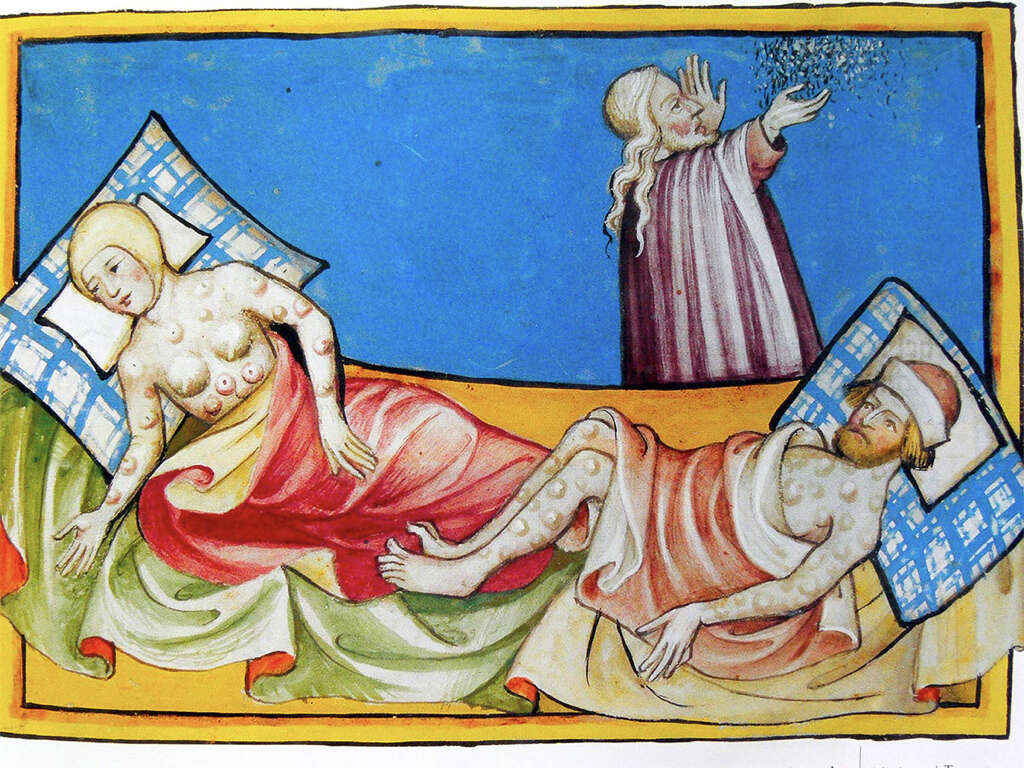What Was the Black Plague?
We’ve always faced the possibility of a pandemic, and events in 2020 have been a stark reminder of this. While COVID has been a real shock to us globally, however, we have it relatively easy. We have access to modern medicine that will help to keep us safe, and an understanding of diseases that helps us to limit how much it spreads.
Mankind has faced numerous pandemics in the past, all of which have taken many lives. One of the deadliest and most terrifying of these pandemics was the black plague. Here’s a closer look at the black plague, what causes it, and the effect the disease will have on those who have it.
1. The Beginning
The black plague first began sometime in the early 1340s in the East. For years in Europe it remained something that was the subject of rumors, with people hearing stories of a disease far away. That was until 1347 when 12 trading ships arrived in the port of Messina in Sicily.
Most of the crew of the ships were already dead, and those who did survive were suffering from horrific boils on their bodies. These 12 ships bought the disease from the East with them and the disease soon took hold in Messina, before spreading throughout Europe. It would ultimately claim the lives of around 1 in 3 Europeans; an estimated 20 million people.
2. Black Plague
The disease that arrived in Sicily on that fateful day was what is now known as the black plague. The black plague was caused by 1 of 3 types of plague: The bubonic plague. It was so called because of the presence of buboes, which are large swellings on the body. Without access to the medicine we have today, the disease spread quickly throughout the population.
The bubonic plague, and the other varieties of plague, still exists in the world today. However, modern medicine means that the disease is far less of a risk to us and it can now be treated. Regardless, it is still wise to take precautions if you are travelling to parts of the world where the disease is prevalent.

3. Causes
The plague is caused by a bacterium known as Yersinia pestis. The bacterium can infect a range of animals, including humans. These include animals that will often be found around human towns and cities, such as mice and rats. These animals will typically have fleas and, when these fleas feed on an animal, they too can become infected.
After a flea has become infected it may then go on to try and feed on a person, potentially passing on the bacterium. It is also possible to become infected after being in contact with the blood of an infected animal. Another variety of the plague, the pneumonic plague, is transmitted through infected droplets when an infected person coughs or sneezes.
4. Bubonic Plague
As mentioned, the black plague was caused by the bubonic plague specifically. It typically results in swellings known as buboes, which are actually swollen lymph nodes. These swellings will usually appear within a week or so of first being infected by the bacterium. The buboes will usually be located in the armpit, groin, and neck.
The buboes will be firm and painful when touched, and they can reach the size of a chicken egg. They can also burst and ooze black pus. Other symptoms of the disease include sudden fever and chills, and aches and pains in the joints and muscles. The patient can also experience a headache, and they can also feel very fatigued.

5. Other Types
As mentioned, bubonic plague is one of 3 types, and the other two are septicemic plague, and pneumonic plague. Septicemic plague means that the patient’s blood stream has become infected with the bacterium. Symptoms of the disease include a fever, weakness, bleeding, pain in the abdomen, gangrene, and shock.
Pneumonic plague, which infects the lungs, is even more dangerous than the other two, but also the least common. It progresses very quickly and it may take only two days for the patient to experience shock and respiratory failure. Other potential symptoms include a cough, fever, headache, chest pain, and breathing difficulties.
6. Complications
In addition to the symptoms already mentioned, bubonic plague can result in some very serious complications. One of these is gangrene, which means that your body tissues are literally dying and decaying. This is a very dangerous condition in itself and must be treated as soon as possible.
In a small percentage of cases, the patient will also develop meningitis which is the inflammation of the meninges membrane. This membrane helps protect the spinal cord and brain. Bubonic plague will be fatal in the majority of cases if it is left untreated. The cause of death is typically sepsis, which means a severe reaction from the immune system to the presence of the bacterium.

7. Who’s At Risk
Thankfully today the bubonic plague is rare, and you are unlikely to encounter it even in developing countries. However, you are more likely to encounter it in some countries than others. These places include Africa, Asia, and South America. It is wise to take precautions when travelling in these parts of the world.
Other people at risk include people those who take part in activities like camping or hunting that might bring them in the vicinity of infected animals. Also are risk are people who work with animals, such as zoo keepers and veterinarians. If you are in a high risk category then you should be extra vigilant about the potential symptoms of bubonic plague.
8. Prevention
If you are in an area where the bubonic plague is present then it can be very difficult to protect yourself. However, taking certain precautions can help to significantly move the odds in your favour. One of these is to wear protective gloves when handling animals that might be infected.
Using insect repellent may also help by preventing bites from fleas that might be infected. It is also a good idea to help ensure your pets are free from fleas, and try to remove long grass around the home where fleas are likely to be found. You should also try and keep the house clean of food that might attract rodents, and try to remove any potential nesting sites.

9. Diagnosis
Your doctor will need to ask what your symptoms are, and they will also want to perform a brief physical examination. The presence of buboes is likely to be a strong indicator that bubonic plague is the problem, but the diagnosis will still need to be confirmed with tests.
Your doctor will need to take a sample of fluid from your buboes. This fluid can then be examined for signs of bubonic plague, particularly the presence of the Yersinia pestis bacterium. Other tests include taking a sample of sputum to look for signs of the bacterium in the lungs. A blood sample will also need to be taken to look for signs of the bacterium in the blood.
10. Treatment
The bubonic plague is a very serious illness and you will be admitted to a hospital. If it is suspected you might have been exposed to the bacterium but you are not showing symptoms, then antibiotics can be prescribed that will help prevent the disease from developing.
Even in people who are showing symptoms, treatment is often fairly straightforward to achieve with strong antibiotics. Antibiotics are more effective if they are given within 24 hours of symptoms showing. However, in the more serious cases, the patient may need to be put on an intravenous drip, and they may also need to be put on a ventilator.









